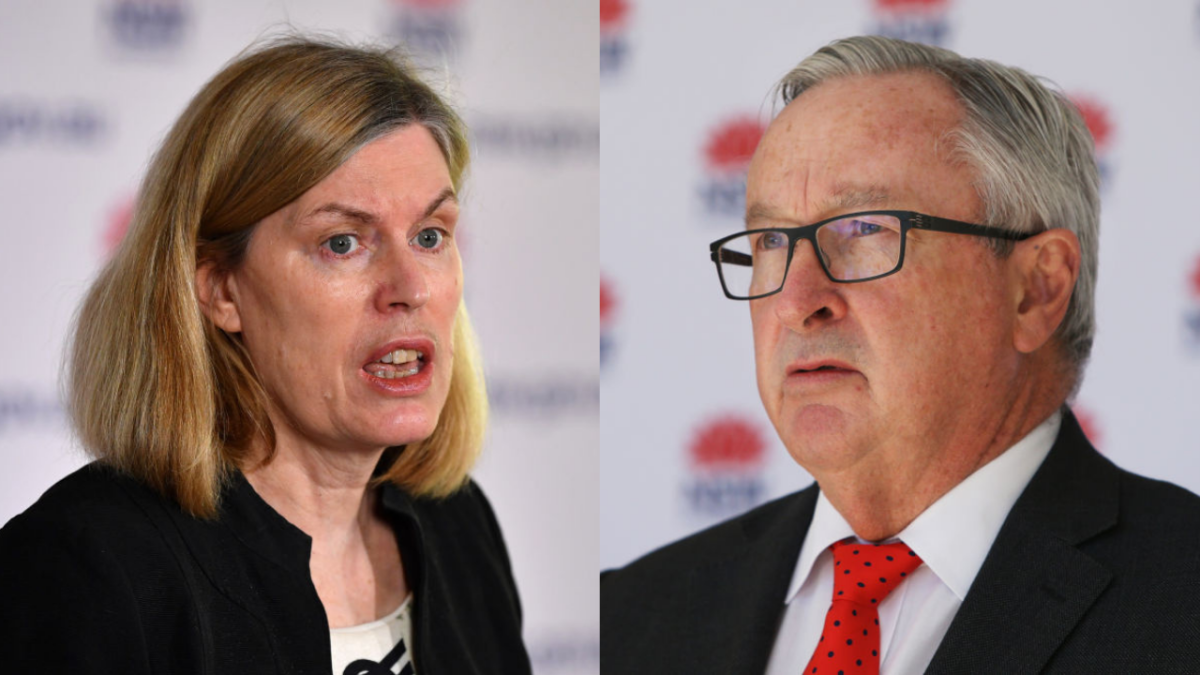
NSW Health has asked the government to approve the reintroduction of some COVID prevention measures. This is to combat the spread of the BA.2 subvariant which is already dominant across other parts of the world. Another subvariant? Already? Ugh yucky.
During an internal presentation by NSW Health to the Health Minister Brad Hazzard, the health department called for a return to measures that existed in the state prior to February 18 as per the Sydney Morning Herald.
These included density limits, indoor mask-wearing, working from home and the worst-case scenario for those of us who enjoy a boogie — a ban on singing and dancing in venues.
The proposed restrictions would aim to avoid the chaos of the most recent Christmas period. Hospitals and healthcare workers were severely under the pump and many were at breaking point.
Modelling has suggested daily case numbers in NSW could soon reach 25,000 within a month as per 9 News.
Despite the calls for more restrictions, Hazzard told the SMH “as Health Minister I am not at all keen to be heading back the path that has exhausted everybody with all the restrictions. All that would be a last resort from my perspective”.
For now at least, it doesn’t look like folks in New South Wales will cop any new restrictions. This might change if the new subvariant becomes a bigger problem in the next month or so.
At this point you may be asking yourself questions like “what the heck is this new subvariant” and “why are we getting a sequel, I didn’t even ask for one?”
Here are your answers, ya curious people.
Since the first cases of the subvariant were confirmed in the state at the end of January, numbers steadily rose and peaked at 16,288 new daily cases of COVID-19 on March 11.
The nickname Omicron refers to the family of subvariants — the main ones are BA.1, BA.2 and BA.3.
The first BA.2 sample was collected in South Africa on 17 November 2021 as all arose at the same time from the same ancestor strain.
But due to the prevalence of BA.1 — the one which has spread around the world — the shorthand Omicron quickly came the common name for it, which scientists have said is now causing some confusion.
Delta, for example, had more than 200 sublineages, and experts say no doubt more Omicron sublineages will be described in future.
It has been recorded in countries all over the world including the UK, Germany, India and Denmark where BA.2 quickly replaced BA.1 in case numbers. This backs up hypotheses that it’s more transmissible than BA.1.
If you’re keen to know more about this new subvariant — you can read our full explainer here.



